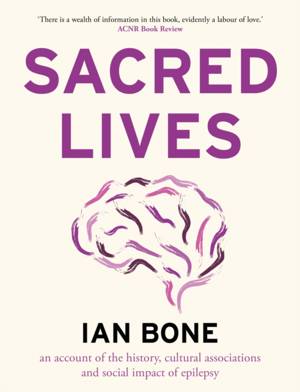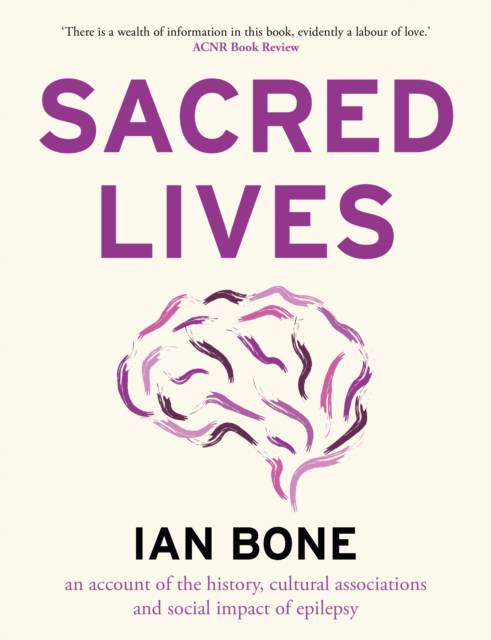
- Afhalen na 1 uur in een winkel met voorraad
- Gratis thuislevering in België vanaf € 30
- Ruim aanbod met 7 miljoen producten
- Afhalen na 1 uur in een winkel met voorraad
- Gratis thuislevering in België vanaf € 30
- Ruim aanbod met 7 miljoen producten
Omschrijving
In ancient times, epilepsy was a condition felt to be sacred. Early myths and mystique surrounding it led to persecution, demonisation, incarceration and social rejection. Only by the nineteenth century does epilepsy become accepted as a physical condition, and not a manifestation of madness or the result of a dangerous contagion.
Why epilepsy became and continues to be so stigmatised can be best understood by observing the manner in which, over centuries, it has been presented in the arts and media. This book reviews how it has been portrayed in literature, paintings, in the cinema and on television, in music and the theatre, in newsprint and on social media. Here Sacred Lives takes a look at the lives of writers, painters, musicians and actors with epilepsy and analyses how they managed their condition and its impact on their art.
Addressing the evidence on how others in society see those with epilepsy and why negative perceptions and misconceptions can result in stigmatisation, loss of opportunity and social isolation, this book concludes with a personal account on living with epilepsy as a parent, from diagnosis in childhood through to the pitfalls of adult life. It provides guidance, based on experience, to help other families and those with epilepsy on their journey.
Specificaties
Betrokkenen
- Auteur(s):
- Uitgeverij:
Inhoud
- Aantal bladzijden:
- 392
- Taal:
- Engels
Eigenschappen
- Productcode (EAN):
- 9781913913991
- Verschijningsdatum:
- 19/01/2022
- Uitvoering:
- Paperback
- Formaat:
- Trade paperback (VS)
- Afmetingen:
- 189 mm x 246 mm
- Gewicht:
- 698 g

Alleen bij Standaard Boekhandel
Beoordelingen
We publiceren alleen reviews die voldoen aan de voorwaarden voor reviews. Bekijk onze voorwaarden voor reviews.











